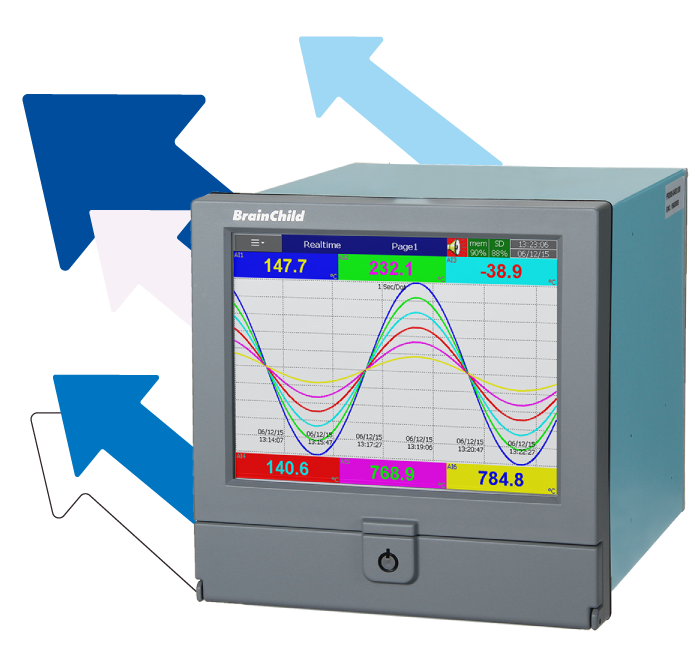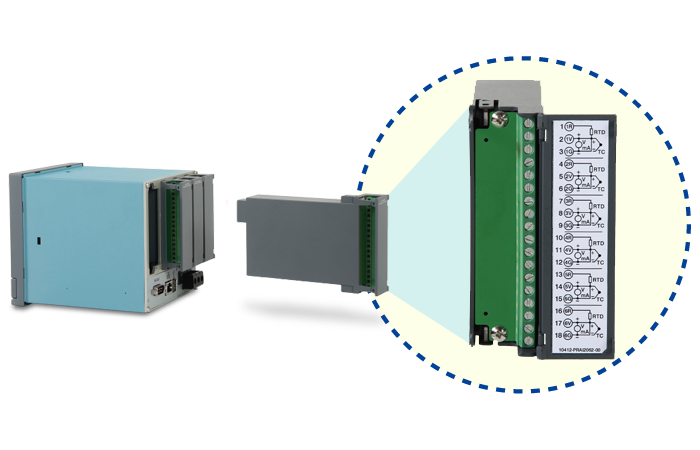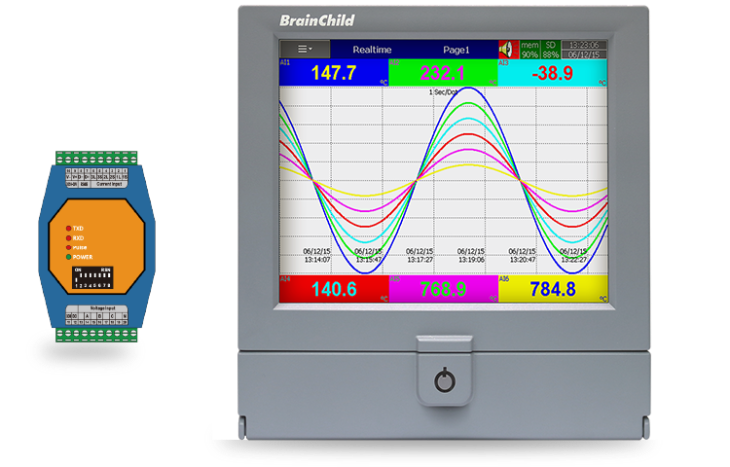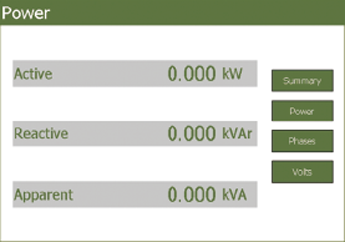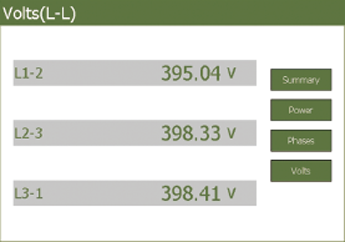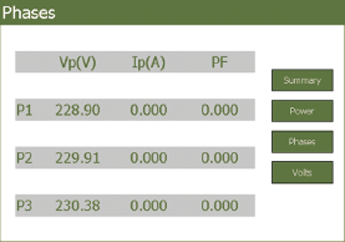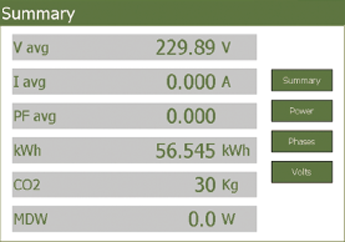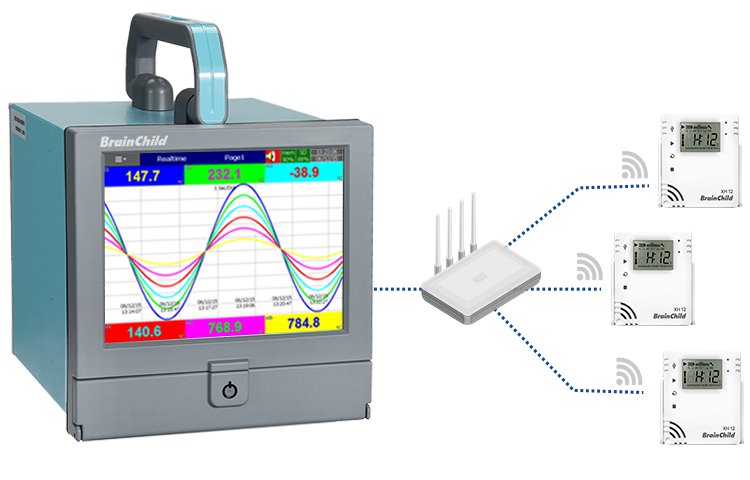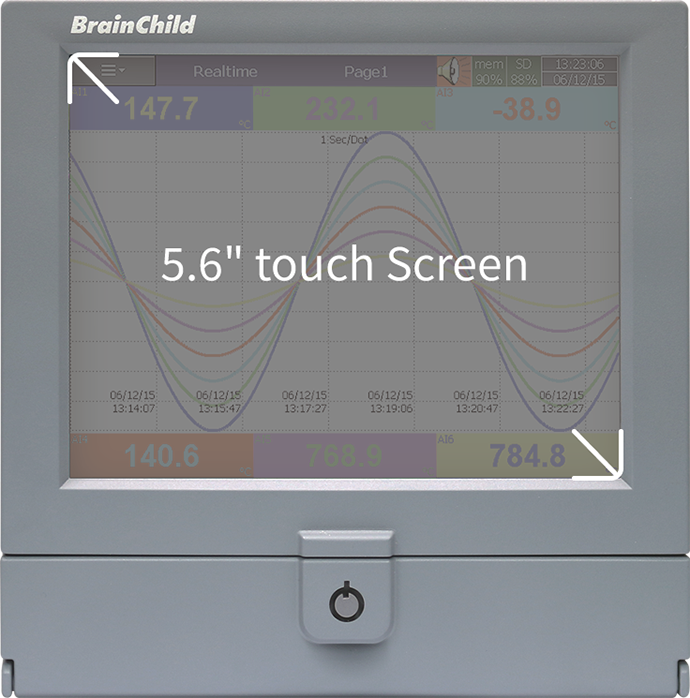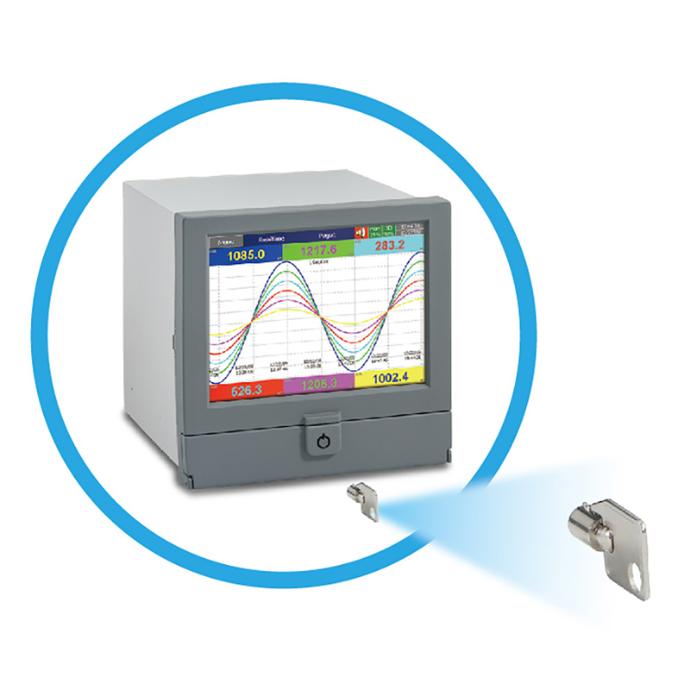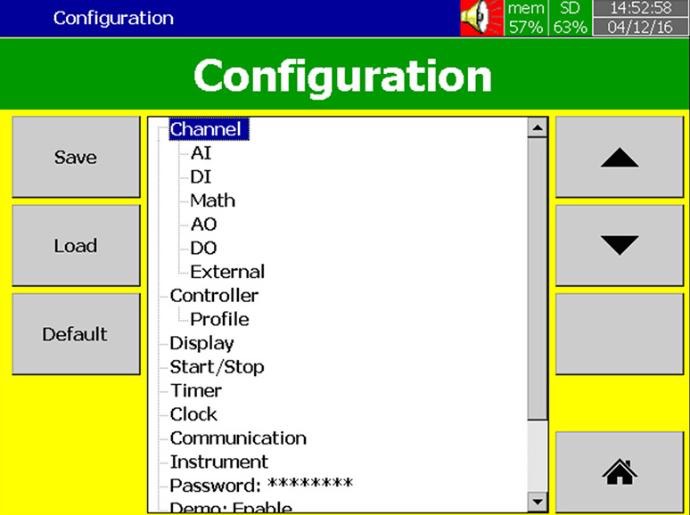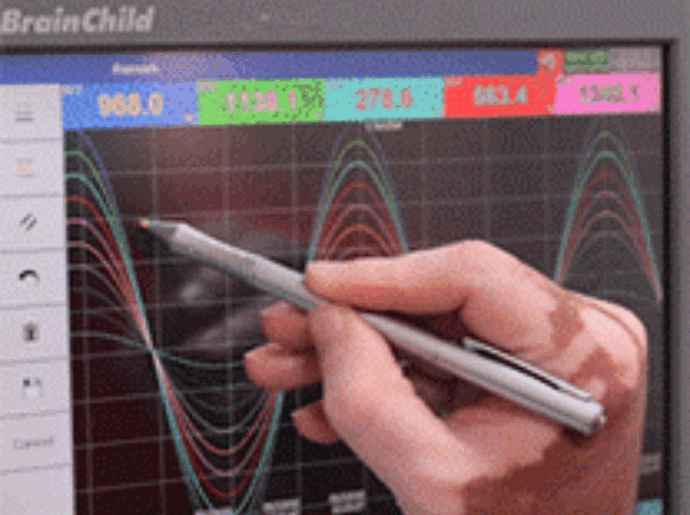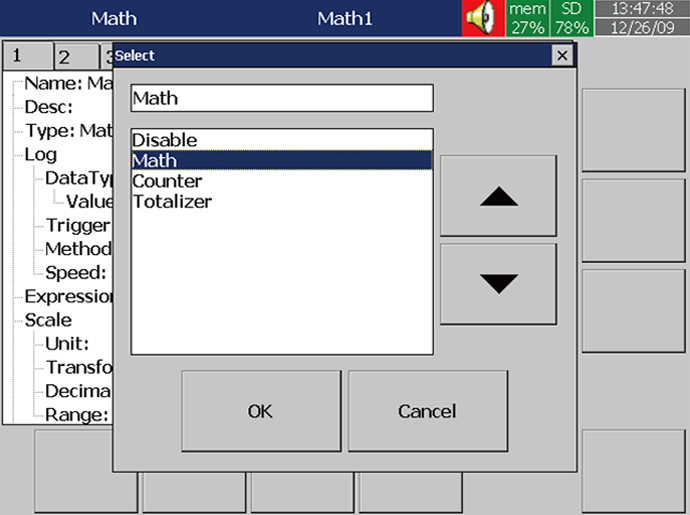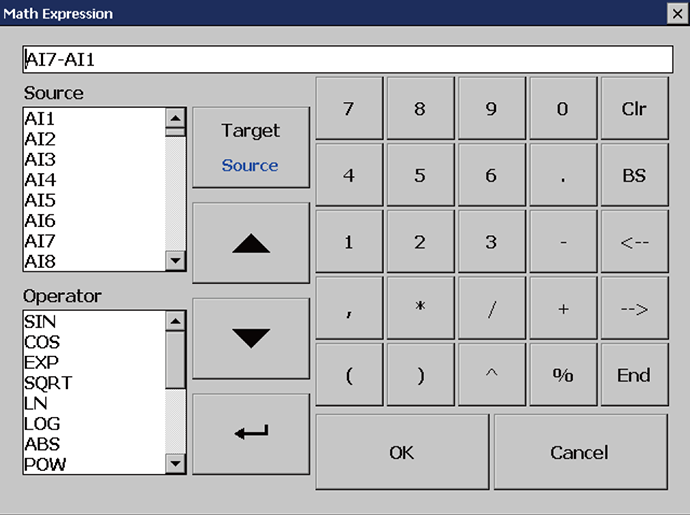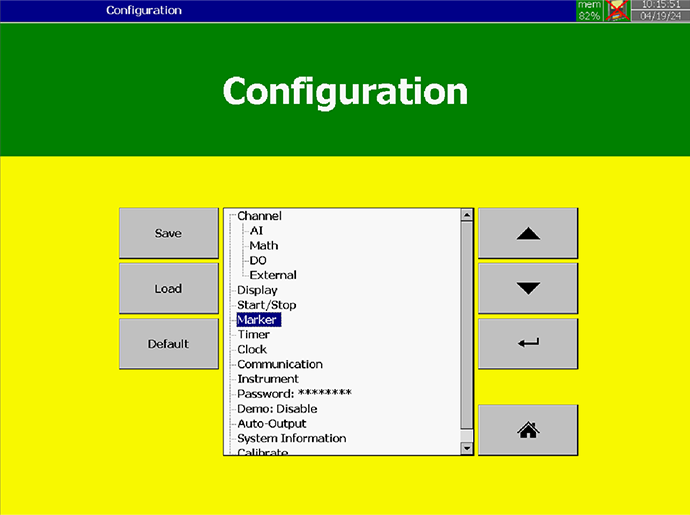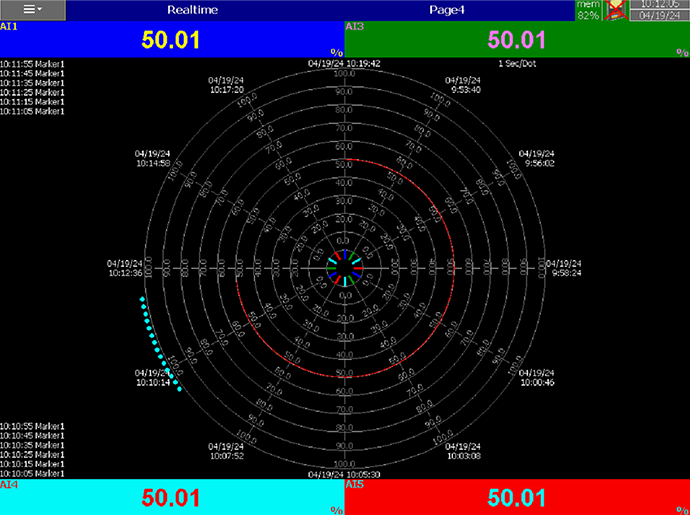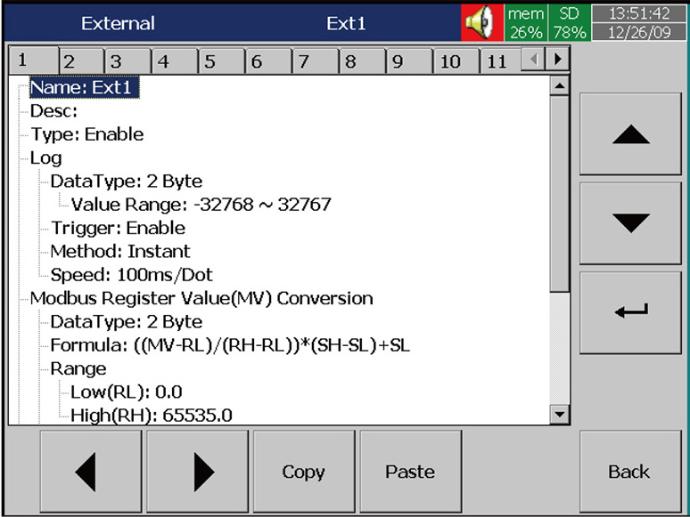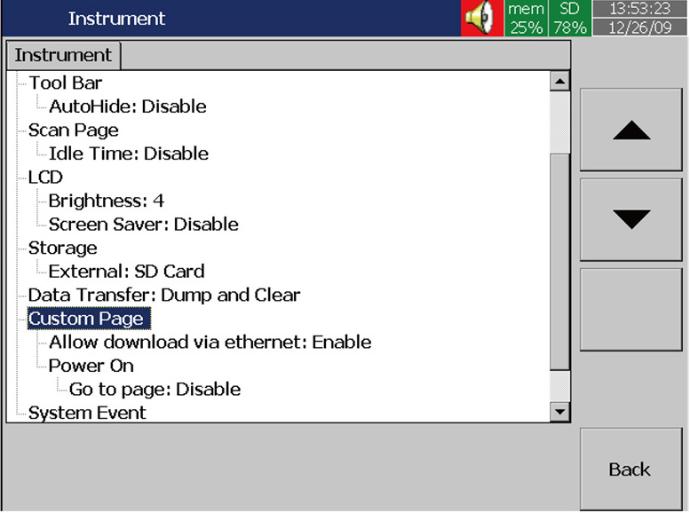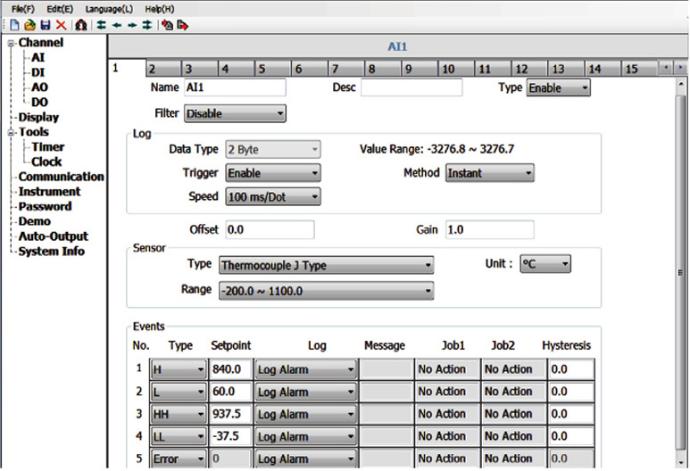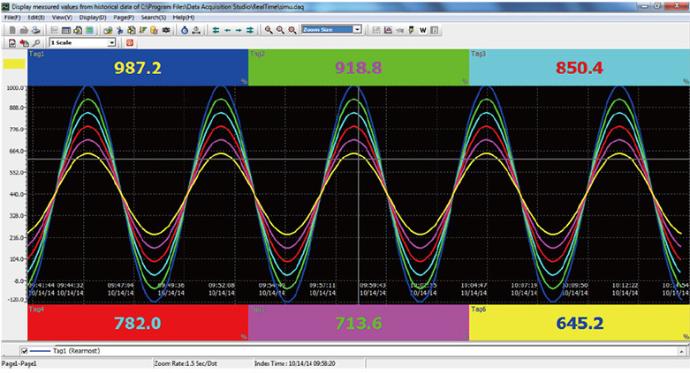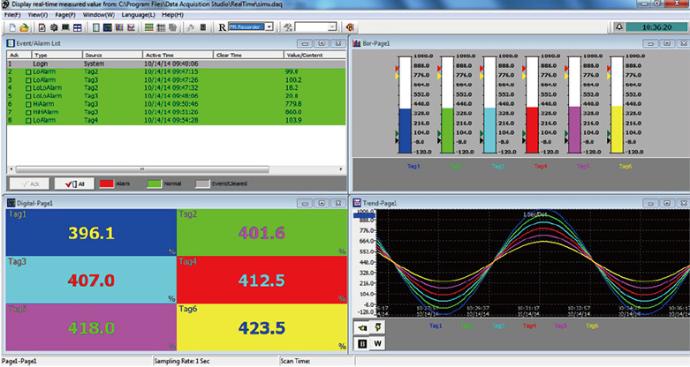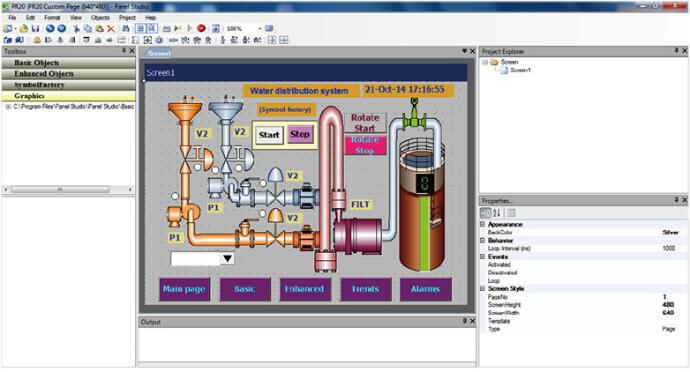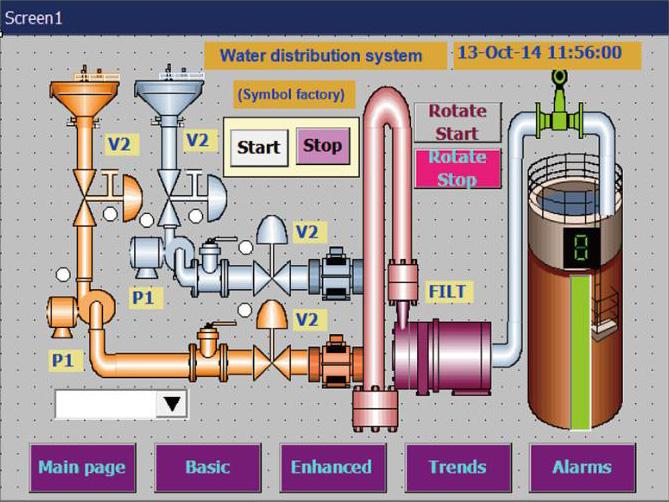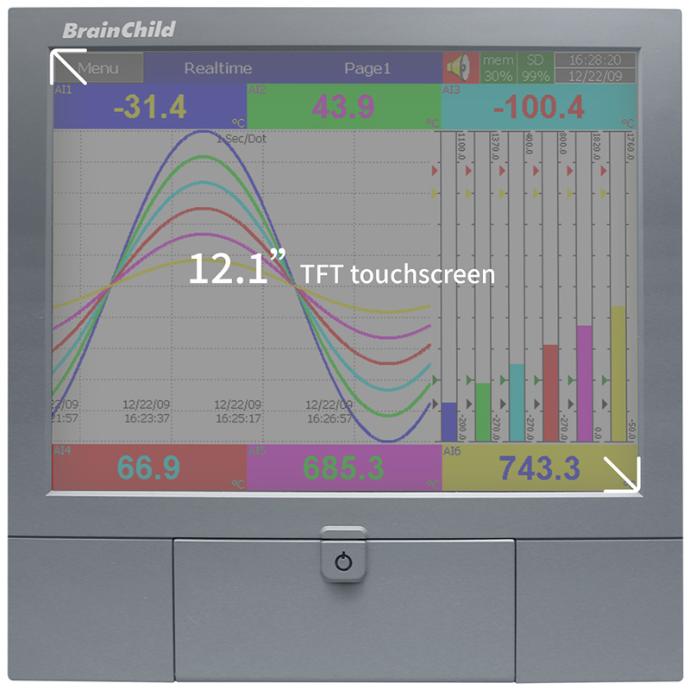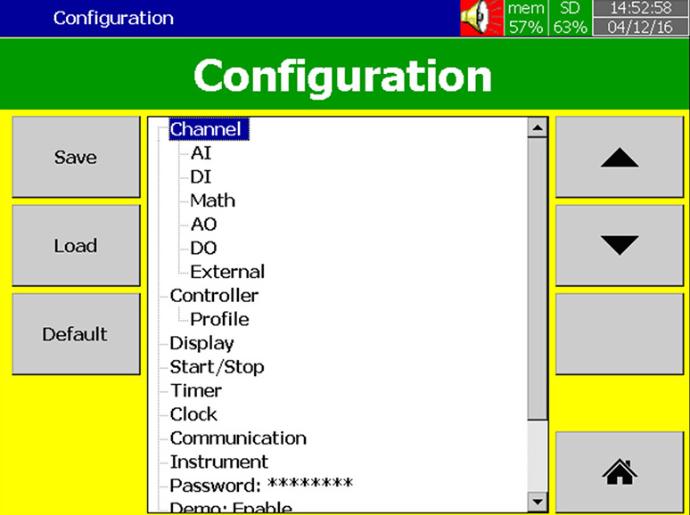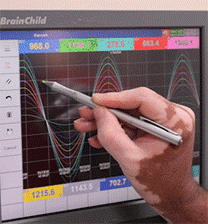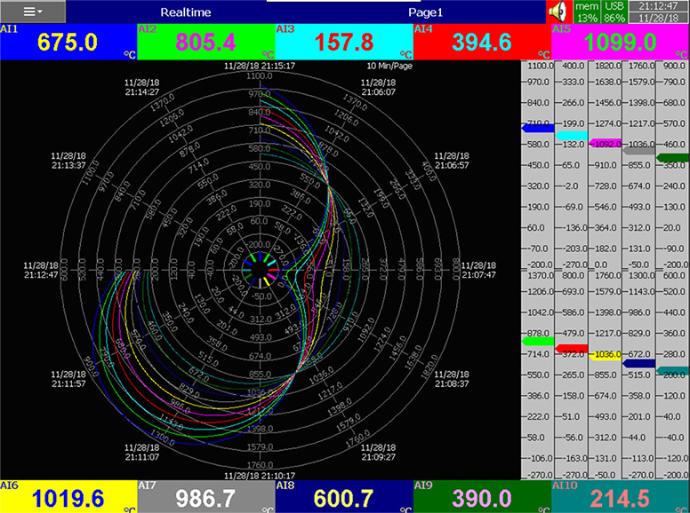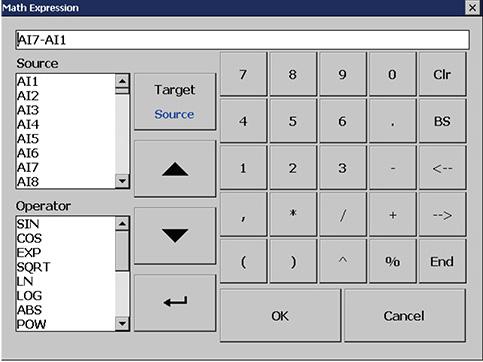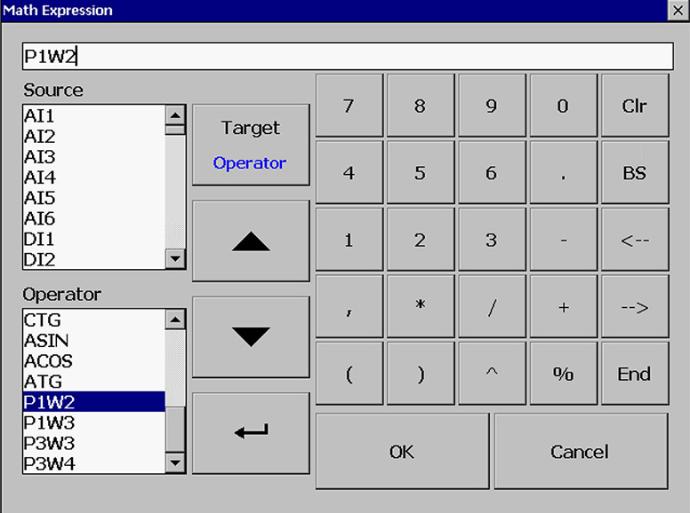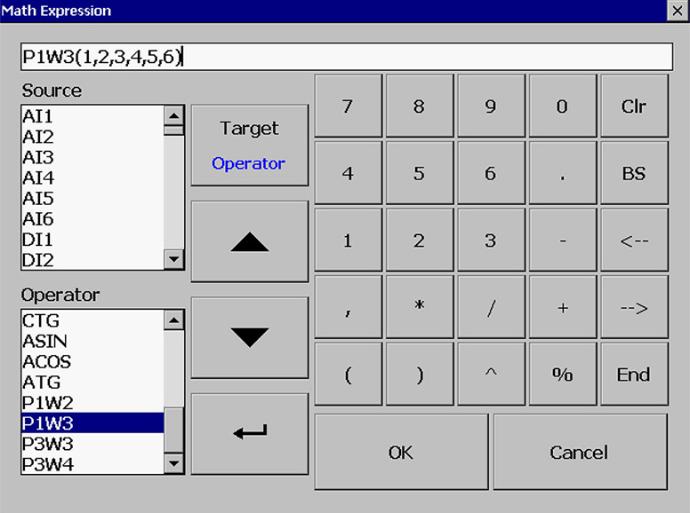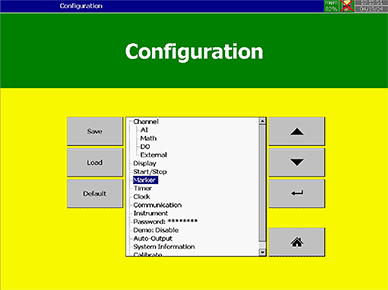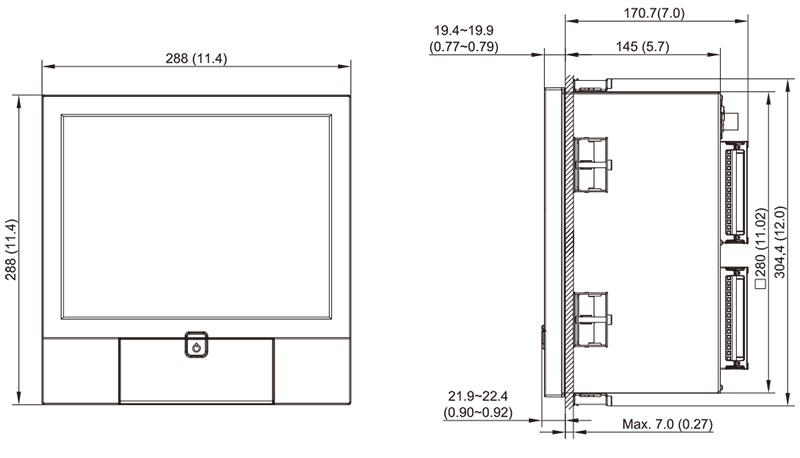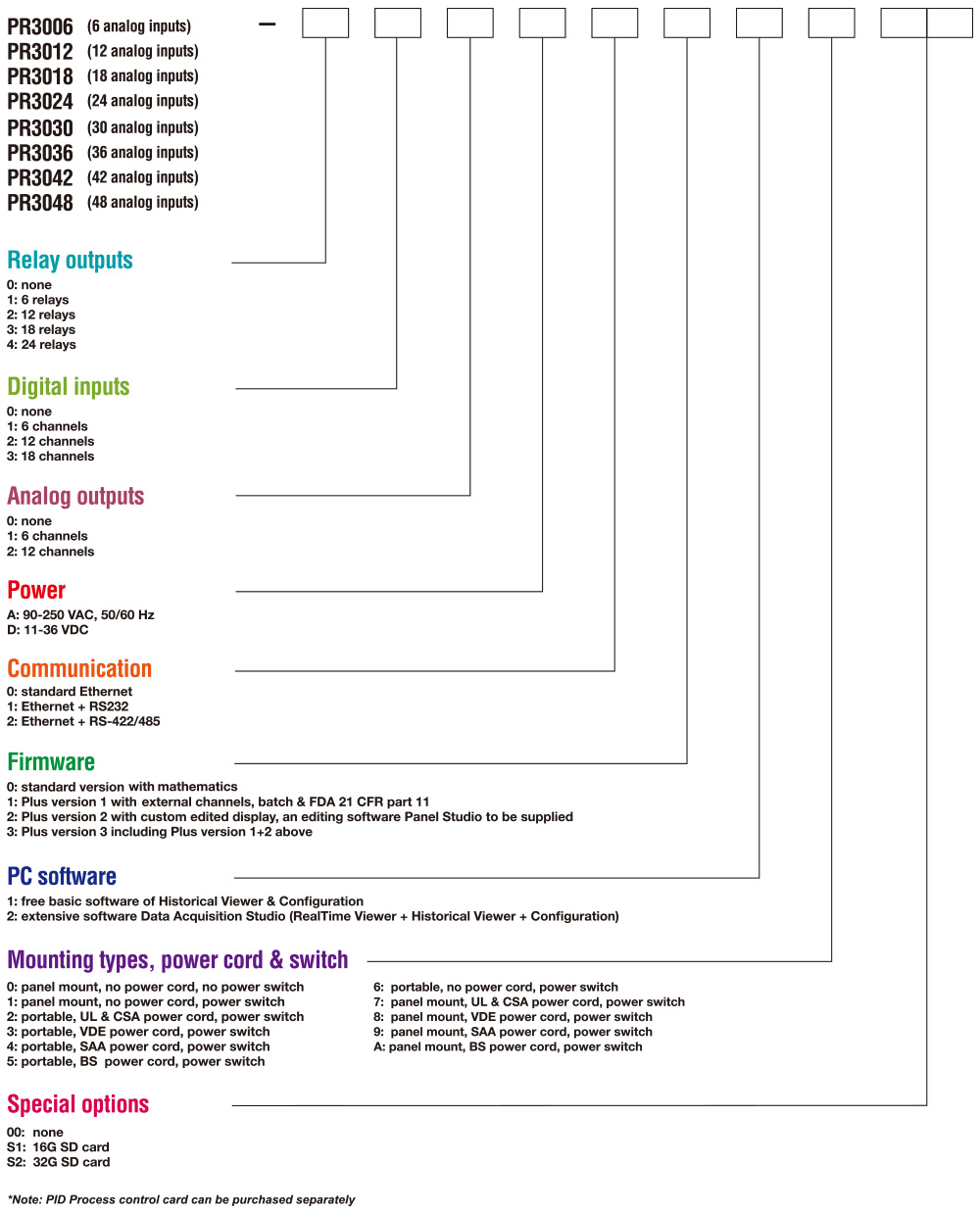Features
- 9 profiles with up to 288 total segments
- Ramp, soak, jump, and end segment types
- Profile editing while process is running
- Multi-event outputs for flexible control
- Dual PID parameter sets for switching
- High-speed 5 Hz sampling for fast response
- 18-bit A/D and 15-bit D/A resolution
- 0.1°C display accuracy for TC and RTD
- Manual and auto-tuning control options
- Analog retransmission for PV or SV
- Supports relay, SSR, voltage, and current outputs
- RS-485 Modbus or RS-232 communication
- Programming port for offline parameter setup
- Bumpless transfer on sensor error
- Password lock to prevent unauthorized access
P41 Profiling Controller for Precise Thermal Cycles
Supports 9 programs, up to 64 segments each, and multi-event logic
The BrainChild P41 is a versatile profiling controller designed to manage complex thermal processes with precision and repeatability. Supporting up to 9 independent programs with a maximum of 64 segments per program, it enables detailed ramp/soak configuration to match a wide range of industrial heating and cooling applications. The P41 combines fuzzy logic with PID auto-tuning to minimize overshoot and stabilize control quickly. Users can edit programs on the fly, trigger multi-event outputs, and apply segment jumps based on process conditions. RS-485 Modbus, analog retransmission, and a dedicated programming port simplify integration, cloning, and remote updates. Ideal for ovens, kilns, chambers, and automated process systems requiring customizable multi-stage thermal profiles.
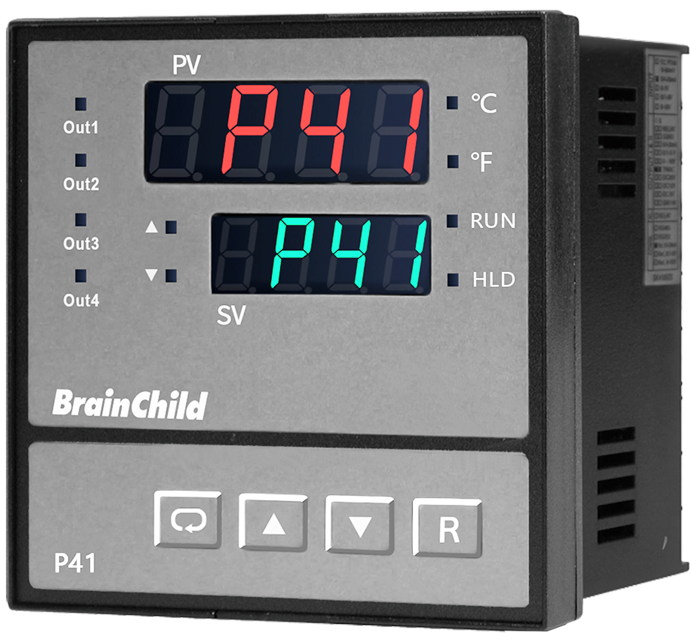
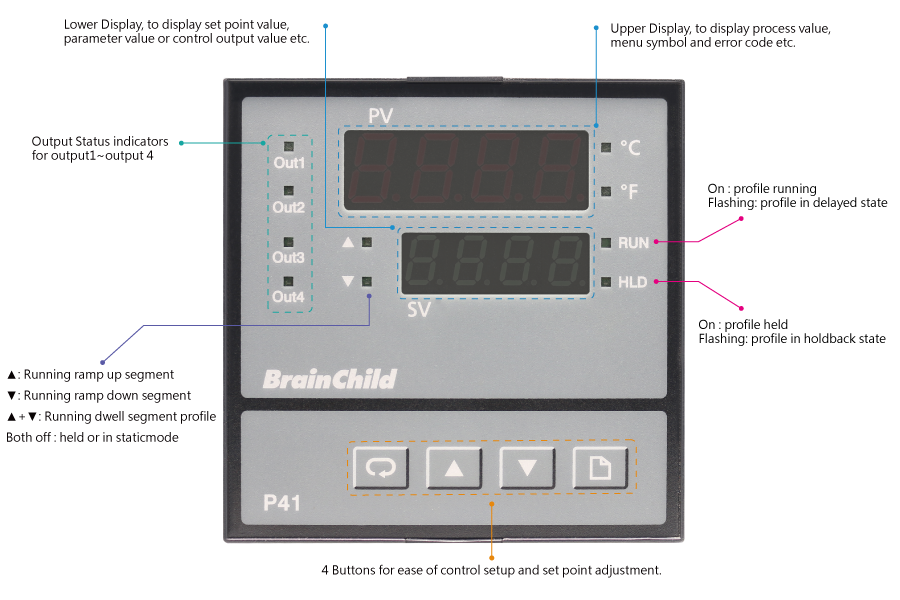
Clear Display with Real-Time Program Status
Monitor PV, SV, segment steps, and alarm output instantly
The P41 controller features a dual 4-digit LED interface that clearly presents process values (PV), setpoint values (SV), and current program segment steps. The display also indicates event outputs, alarm status, communication activity, and operation mode. With four intuitive front-panel keys, users can navigate profiles, enter parameter settings, and modify program behavior in real time. The layout is designed for quick recognition of system state, making it suitable for applications requiring continuous process monitoring and precise control transitions. Built-in indicators and easy-to-follow icons improve workflow efficiency for both OEM integration and production environments.
Universal Input for Multi-Sensor Control
Supports TC, RTD, Voltage, Current, and mV ranges
P41 supports universal sensor input types, including thermocouples (J, K, T, E, R, S, B, N, L), RTDs (Pt100, JPt100), voltage signals (0–1V, 0–5V, 1–5V, 0–10V), current signals (0–20mA, 4–20mA), and millivolt (mV) ranges. It offers 18-bit resolution, fast 5Hz sampling, and precise linear input processing.The controller ensures high accuracy with sensor break detection, CMRR of 120dB, and advanced calibration modes for voltage and current. Its flexible input system is ideal for multi-sensor applications across industrial heating, baking, chemical, and process control scenarios.
Flexible Output for Control and Integration
Relay, SSR, analog, alarm, and RS-485 output options
P41 offers up to five configurable outputs (OUT1–OUT5), each supporting various functions such as control, event, alarm, retransmission, or communication. Output types include:
-
Relay contact: 2A / 240VAC
-
Pulsed voltage for SSR drive: 5V / 30mA or 14V / 40mA
-
Triac (SSR) output: 1A / 240VAC
-
Analog output: 4–20mA, 0–20mA, 0–5V, 1–5V, 0–10V (isolated)
-
Digital communication: RS-485 / RS-232 (isolated)
-
DC power for transducers: 20V / 25mA, 12V / 40mA, 5V / 80mA
Each output can be assigned to specific roles, enabling multi-stage control, ramp/soak logic, or integration with recorders and PLCs. The modular output architecture maximizes system flexibility in temperature profiling and batch automation.
Fuzzy PID Technology
Smarter Control with Less Overshoot and Faster Response
Fuzzy logic is combined with traditional PID control to deliver smarter and more adaptive temperature regulation.
Unlike standard PID controllers that require manual fine-tuning for each application, fuzzy PID dynamically adjusts control responses based on real-time process behavior. The result is faster stabilization, reduced overshoot, and improved resilience to disturbances—ideal for processes where precision and speed are critical.
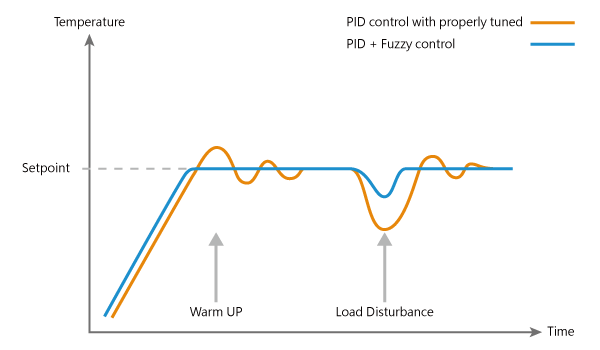
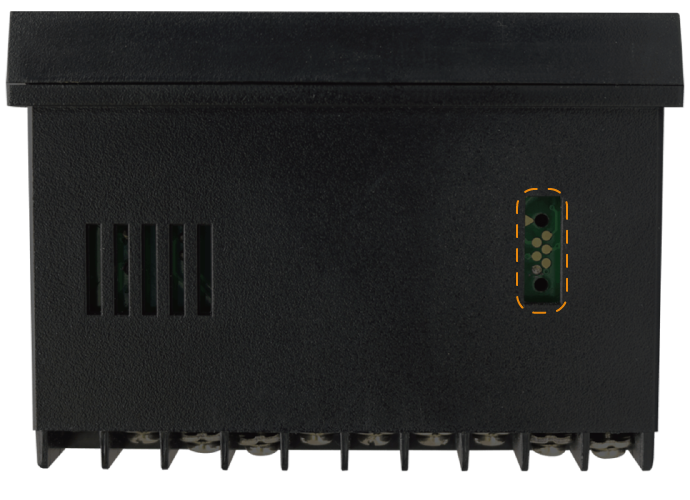
PC Configuration with Built-in Programming Port
Support offline setup, parameter cloning, and calibration
The P41 profiling controller is equipped with a built-in programming port that enables offline parameter setup using the BC-Set Pro configuration software. By connecting to a PC via a dedicated programming cable (model CC91-1), users can conveniently perform batch configuration, firmware updates, and calibration procedures. This feature is especially valuable for OEMs and system integrators needing fast, repeatable, and consistent deployments across multiple units. The port can also connect to an ATE system for automated testing. Note: This interface is for offline setup only and should not be used during standard operation.
BC-SET Pro Configuration Software
Easy parameter setup, backup and firmware upgrade
BC-SET Pro is the official configuration software developed by BrainChild for its over-temperature protection controllers. With a streamlined and intuitive interface, the software allows users to connect via USB programming cable and quickly configure control parameters. It supports efficient parameter editing, setting duplication between devices, and firmware upgrades to maintain device performance and stability. BC-SET Pro also enables offline configuration with the ability to save and manage multiple profiles, making it ideal for production environments, system deployment, and ongoing maintenance. Whether for new setup or existing system adjustment, this tool helps engineers and technicians simplify workflow, reduce setup time, and ensure consistent configuration across all devices.
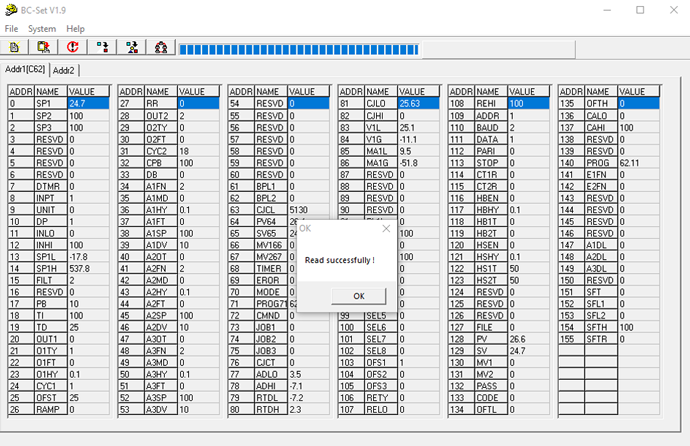
Batch Read/Write for Multiple Controllers
BC-SET allows users to connect multiple controllers of the same model and perform batch parameter read/write by defining a node address range. This feature significantly streamlines configuration in OEM or multi-device environments.
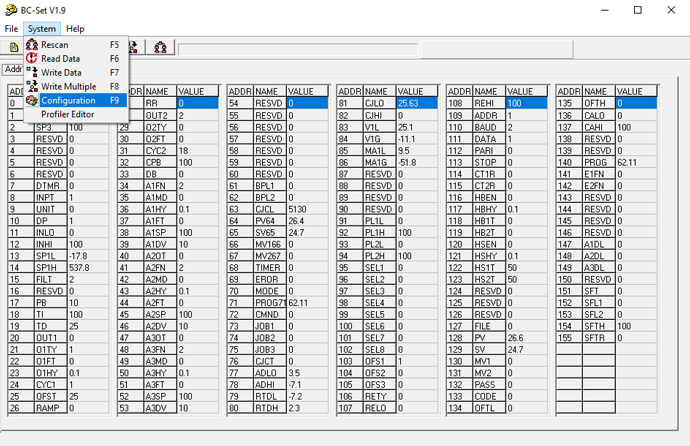
Clear and Accessible System Menu
The system menu offers quick access to key operations like Rescan (F5), Read Data (F6), Write Data (F7), Write Multiple (F8), and Communication Settings (F9). Built-in hotkeys support fast, efficient navigation.
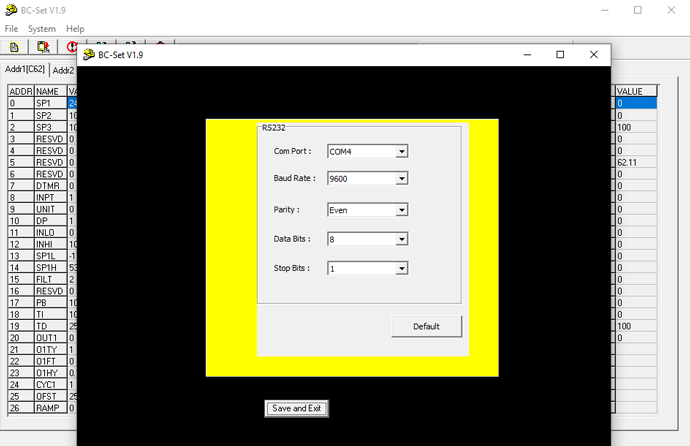
Intuitive Communication Setup Interface
The communication settings window lets users define COM port, baud rate, parity, data bits, and stop bits — with a “Default” button for quick reset and “Save and Exit” to finalize setup. Designed to reduce setup errors.
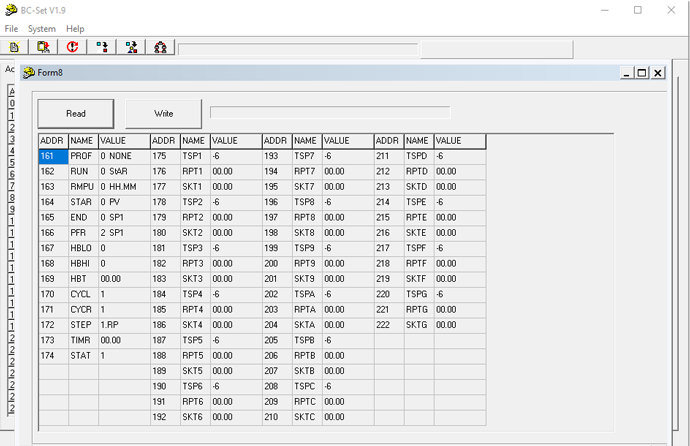
Visual Profile Editor for Programmable Controllers
For controllers with profile functionality, BC-SET provides a graphical editor to configure temperature ramp/soak segments. Users can easily read, modify, and write profile parameters for precise thermal process control.
Applications
Specification
Mounting Diagram
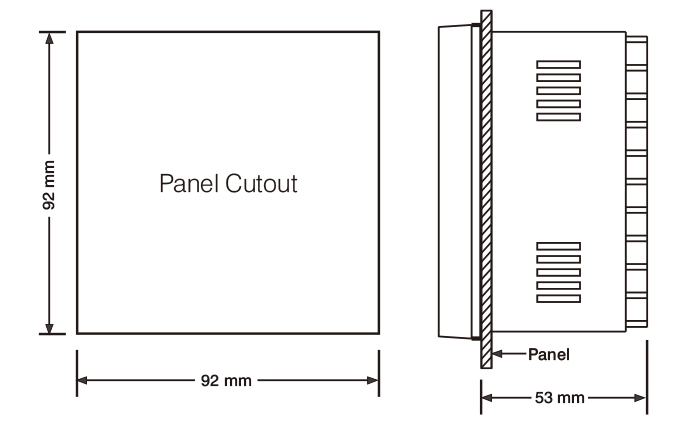
Power
Signal Input
Output 1 / Output 2
Linear Output
Triac ( SSR ) Output
DC Voltage Supply Characteristics ( Installed at Output 2 )
Alarm
Data Communication
Analog Retransmission
User Interface
User Interface
Digital Filter
Event Input
Event Input
Environmental and Physical Specifications
Approval Standards
Download
Visit Download Center to See More Documents & Tools of This Product. Visit
FAQ
The P41 is ideal for heat treatment, ovens, furnaces, and drying chambers that require precise multi-step temperature profiles.
The controller supports up to 9 program profiles, and each profile can include 16, 32, or 64 segments depending on user settings.
Yes, optional modules support analog retransmission (0–10V / 4–20mA) and RS-485 Modbus for easy system integration.
Yes, the programming port allows offline parameter setup, firmware updates, and device cloning via BrainChild's PC software.
With a front panel rated up to IP65 (with gasket) and UL/CE compliance, the P41 is built for demanding indoor environments.
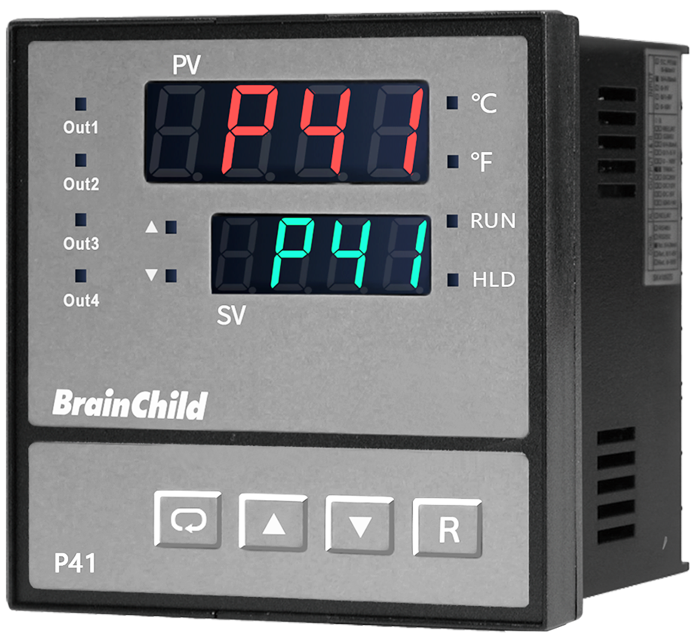
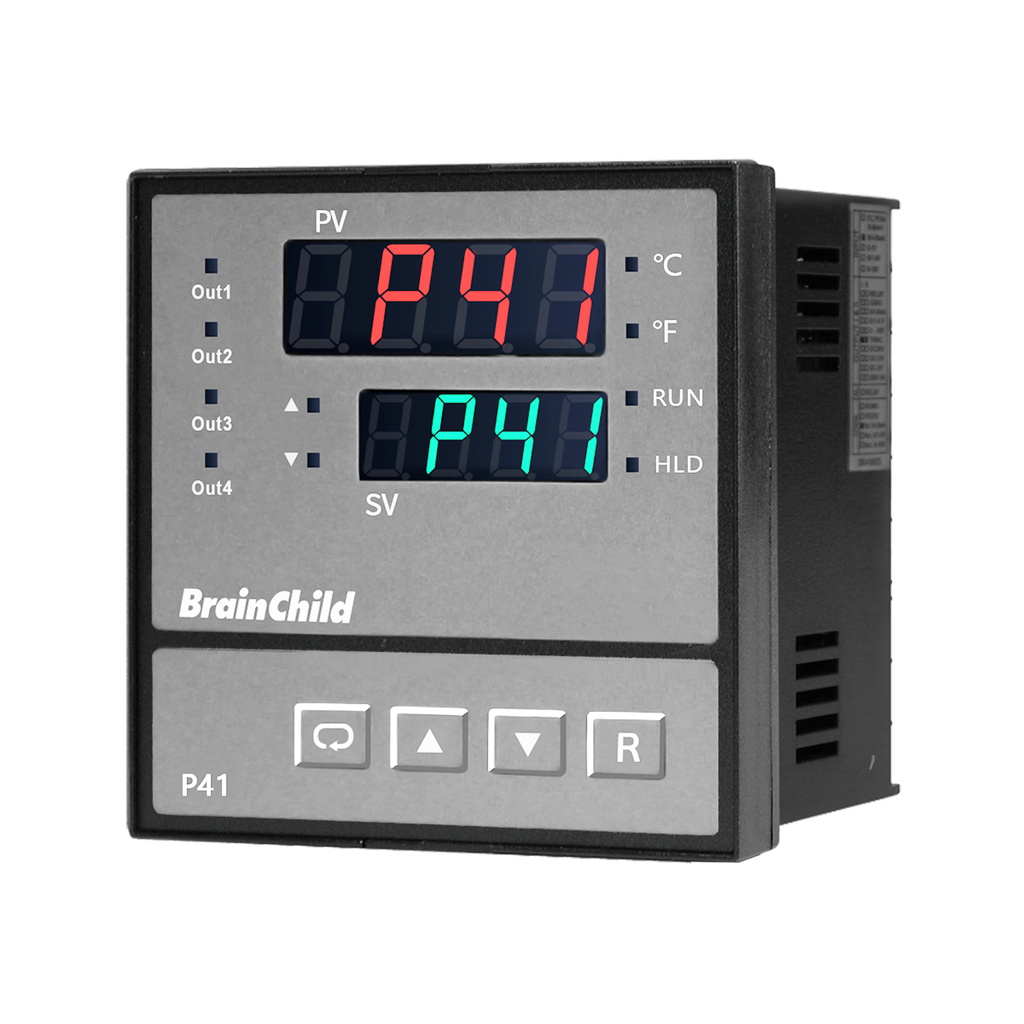
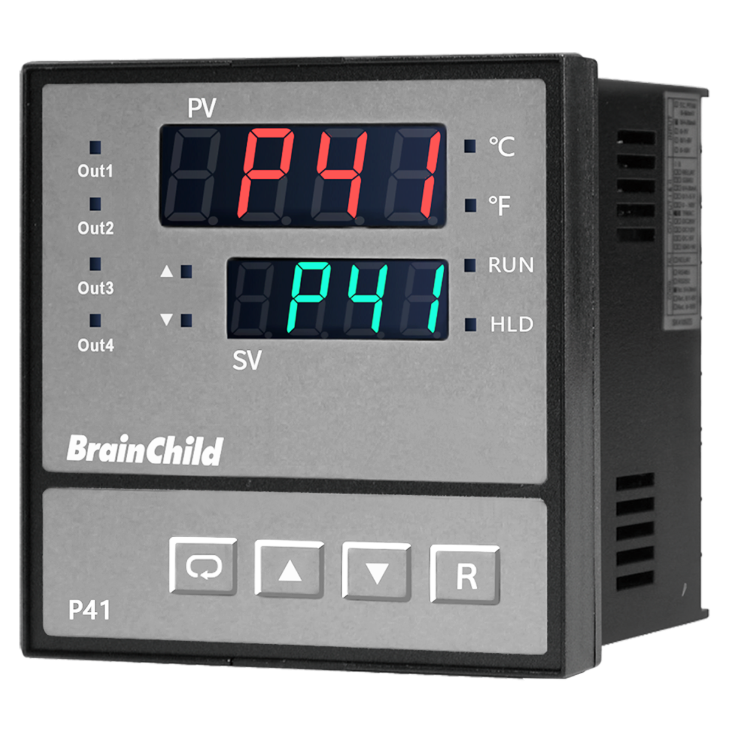
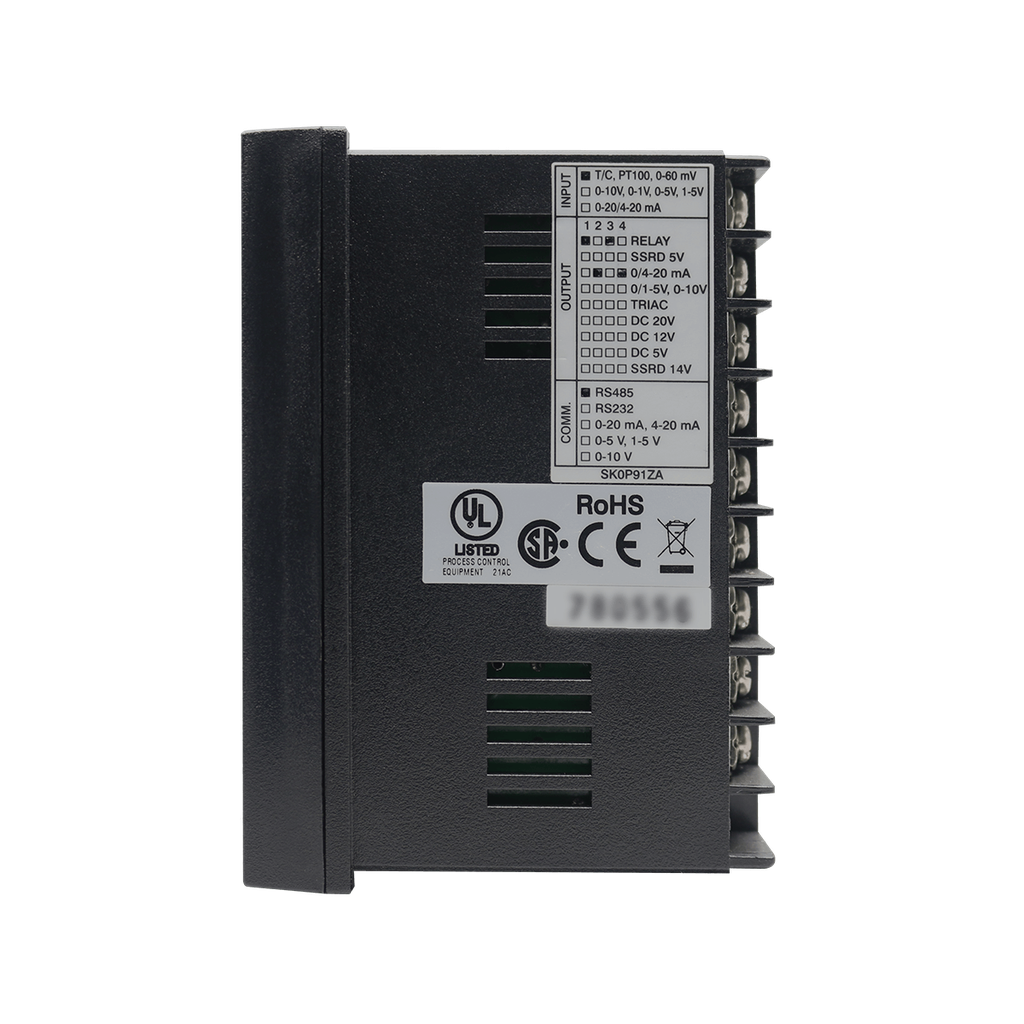
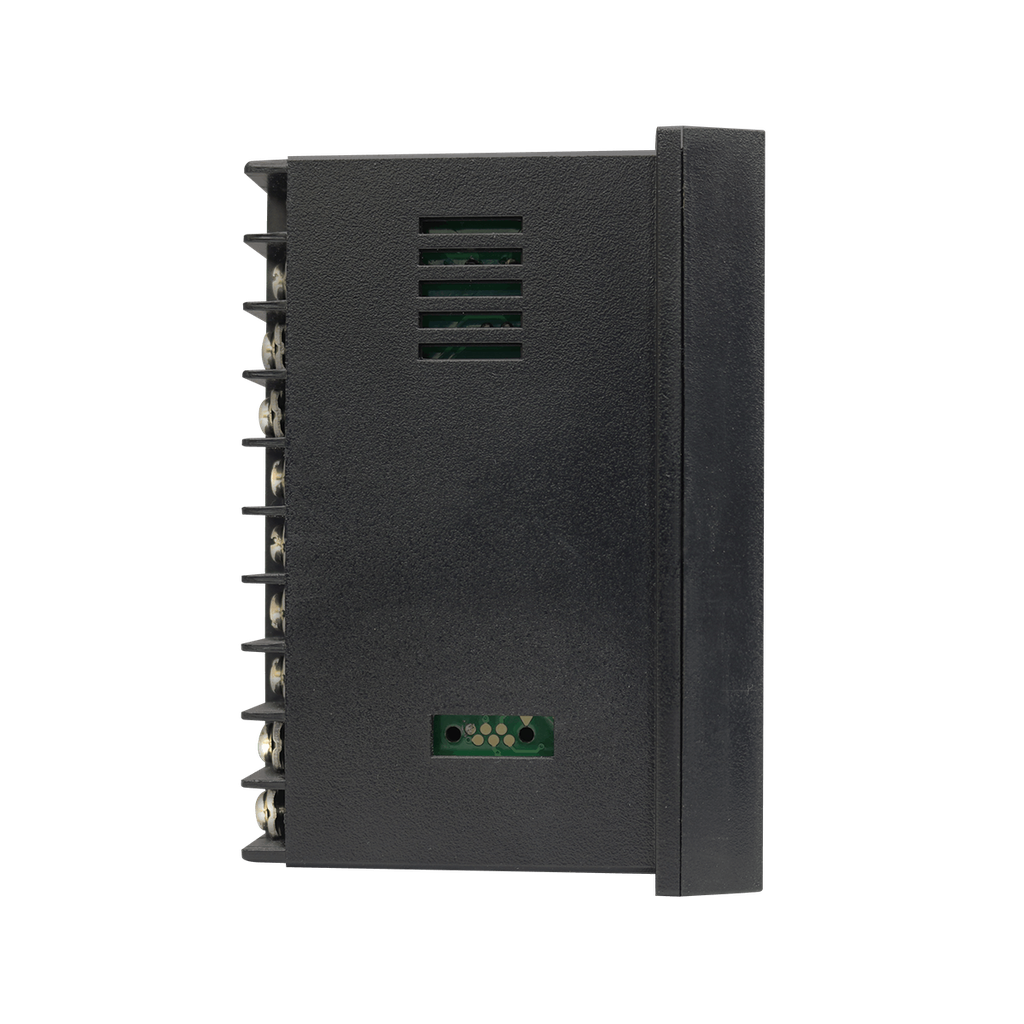
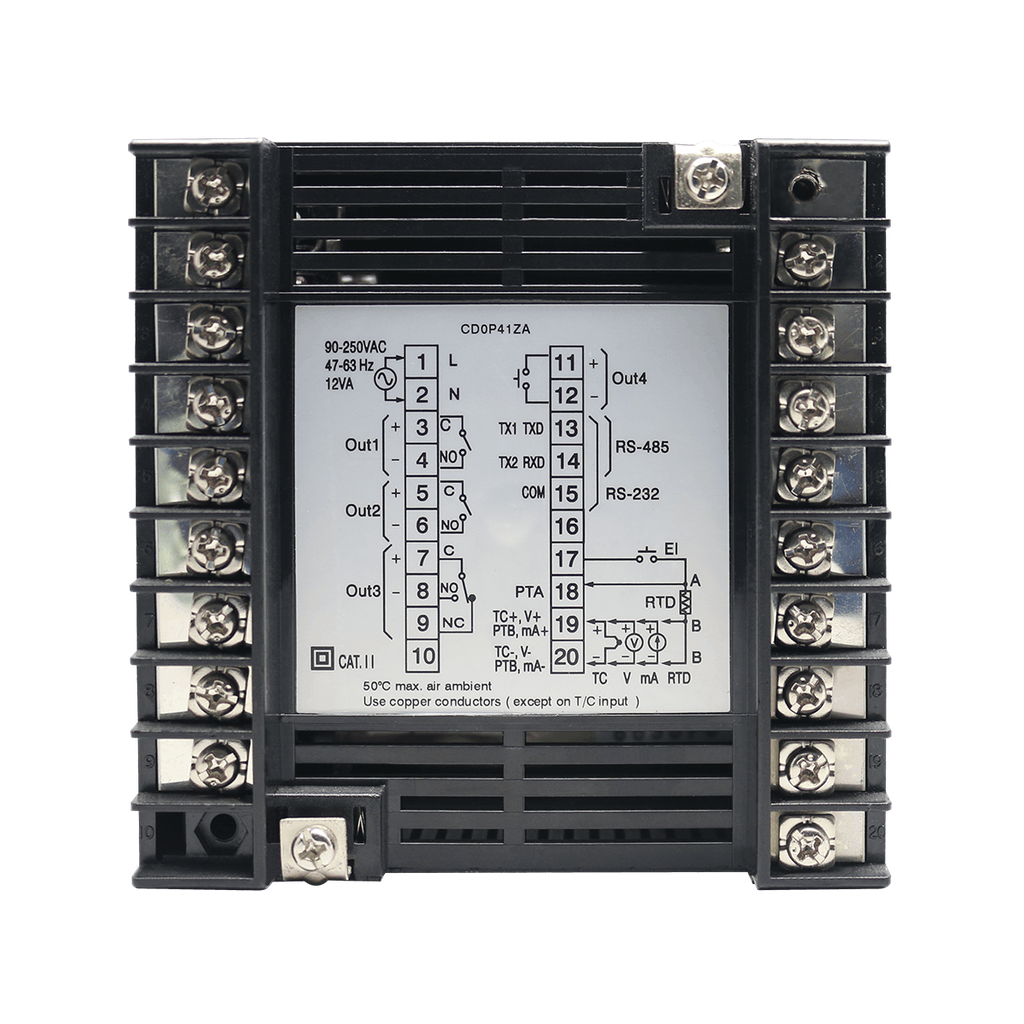






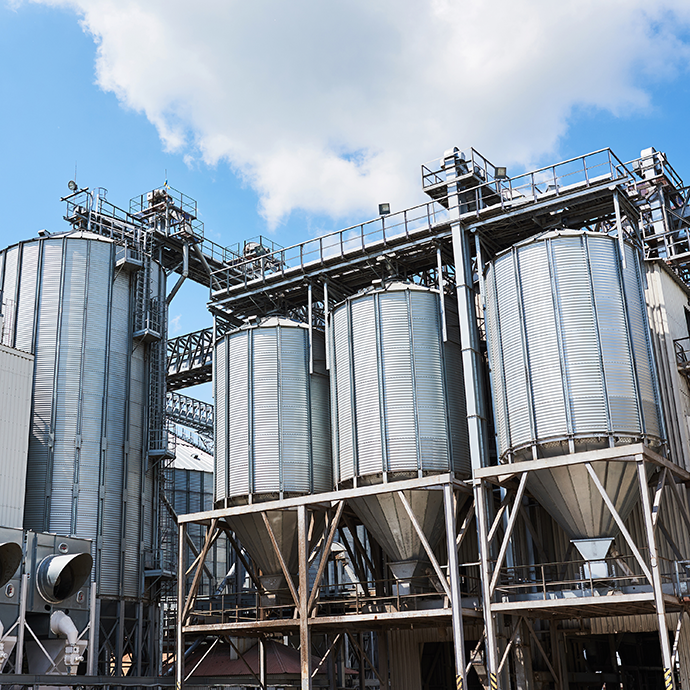
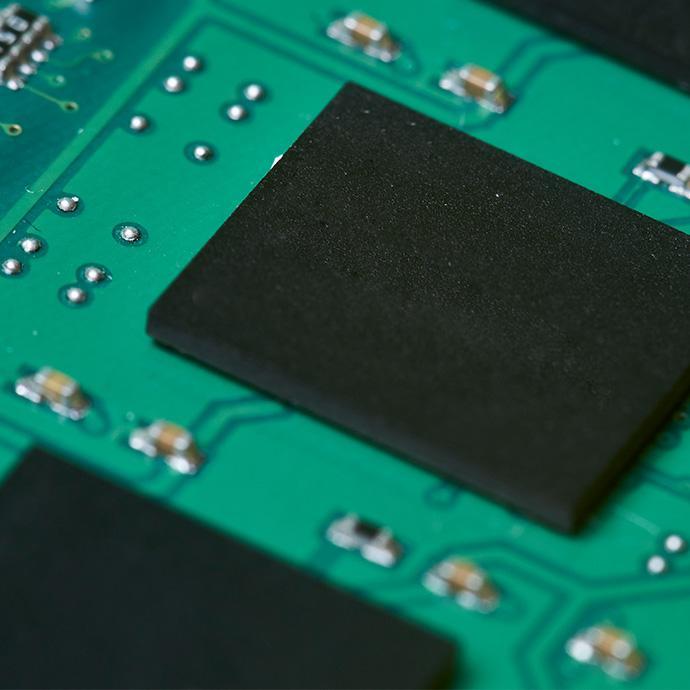



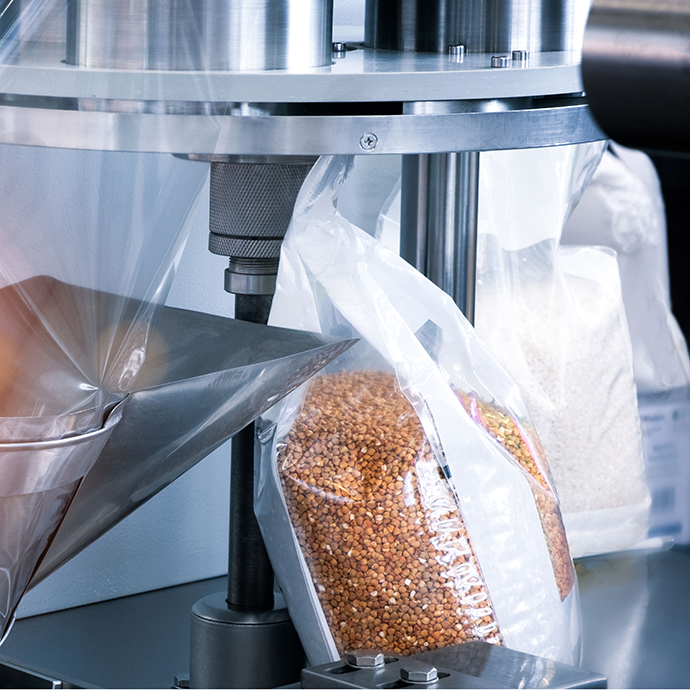

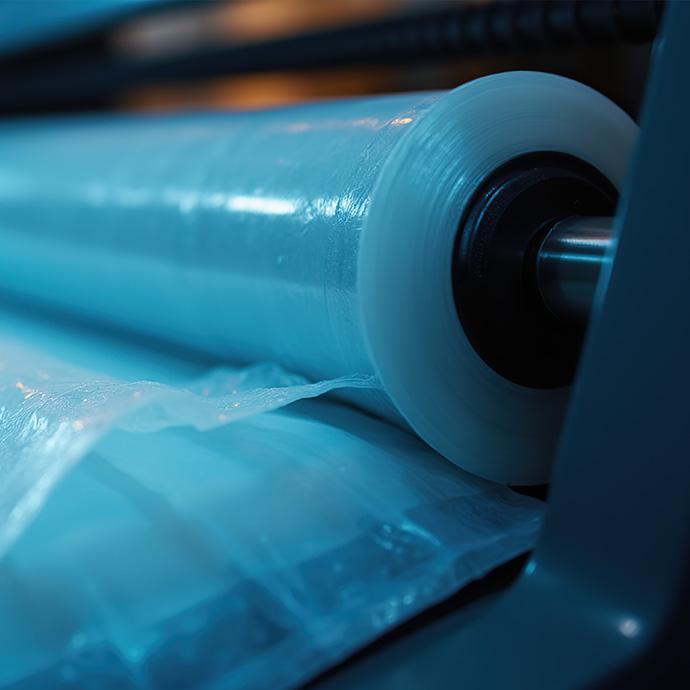
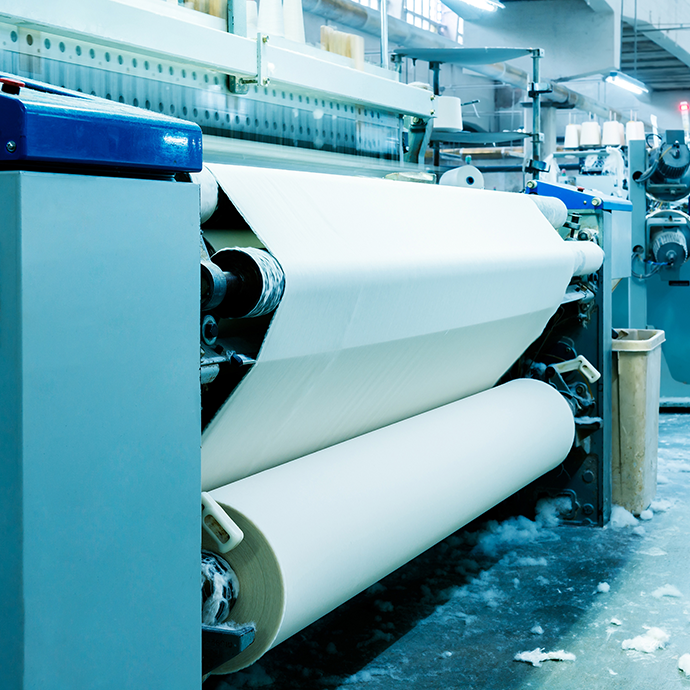

 Catalog_P41 & P91_EN
Catalog_P41 & P91_EN

 Software_BC-Set_2.0
Software_BC-Set_2.0

